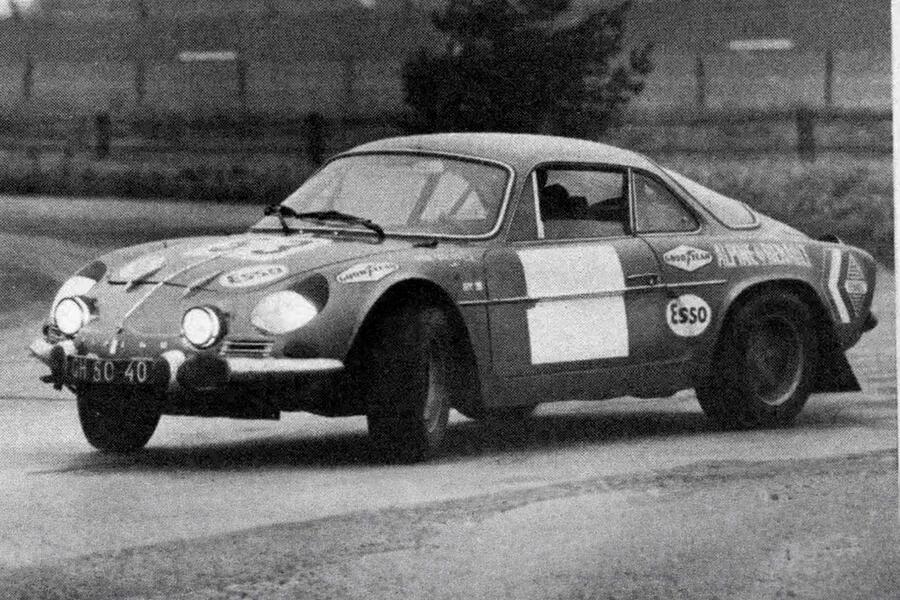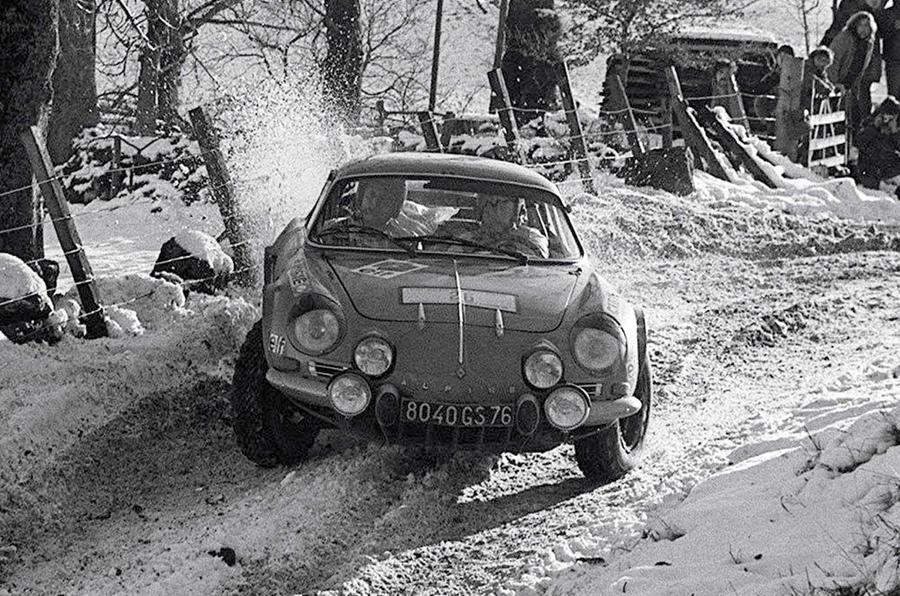“I had the most fun when I was zipping around the Alps in my Renault 4CV. I therefore decided to call my future cars ‘Alpine’. My customers had to find this same pleasure at the wheel of the car I wanted to build,” said Jean Rédélé.
The reason why this 28-year-old man from Normandy was having such fun way down south was not because he was taking his young family on holiday; it was because, in his job as a Renault dealer, he had entered this novel economy saloon into the 1950 Monte Carlo Rally, reasoning: “Racing is the best way to test production cars and victory is the best sales tool.”
Rédélé won at just his second attempt, which spurred him on to enhance his bosses’ wares – and he eventually found a firm to create sports cars using Renault parts. Skip forward two decades and we find Alpine as a well-known name with victories in virtually every French national rally and hillclimb event, plus in some major foreign circuit races.
Autocar Archive returns: 128 years of magazines available online
This strong record was largely thanks to the A110, a miniature ‘berlinette’ introduced in 1962 and continually improved thereafter.
When the FIA collated the world’s seven most significant rallies to create the International Championship for Manufacturers (IMS), Alpine was of course most keen. The A110 came second in the first season of 1970, losing to the Porsche 911 by just two points.
Not long after, Autocar was given the chance to try a just-overhauled, semi-works A110 1600 S by Brit Nigel Hollier (who had retired from the recent RAC Rally, which had been won by a Lancia Fulvia).
“We don’t normally start a description of a competition car with seemingly sensationalist paragraphs about noise, but one has to with the Alpine,” reported our Michael Scarlett.
“When you realise that, most unfortunately, the [silencer] valve has stuck in the straight-through position and will remain so, the monstrous chortle of this waspish little coupé is the last thing that impresses you, too.






Add your comment